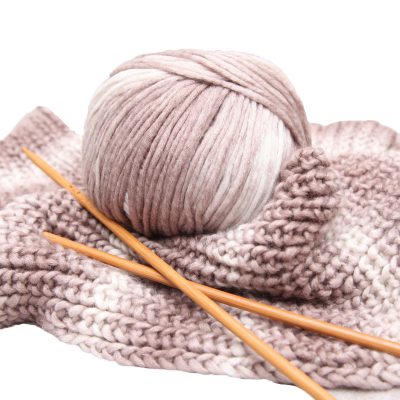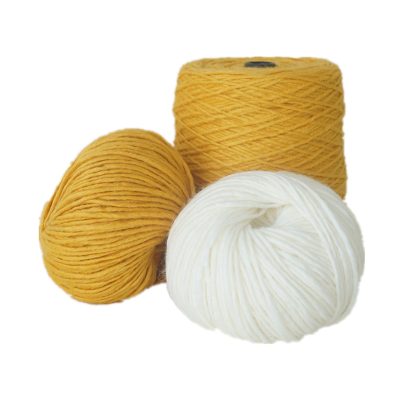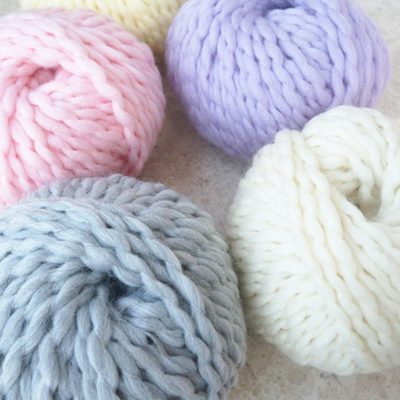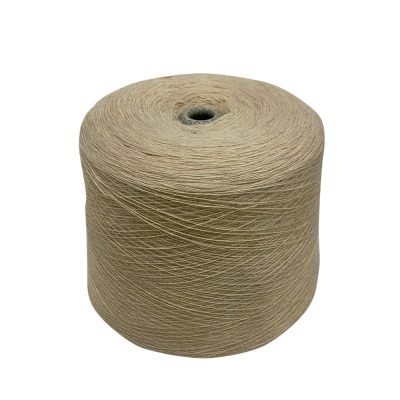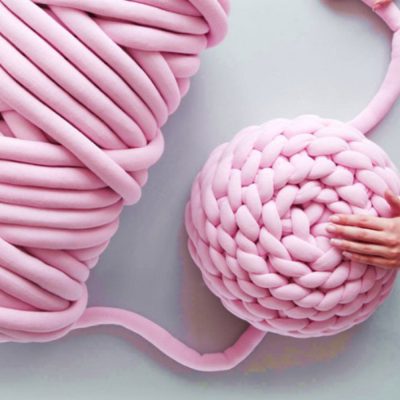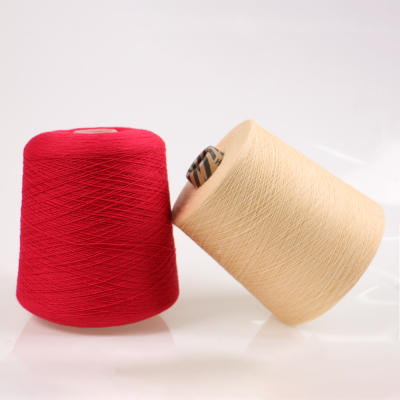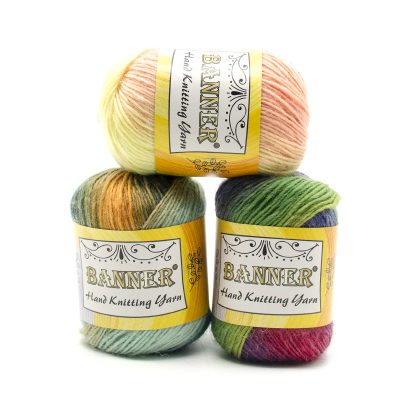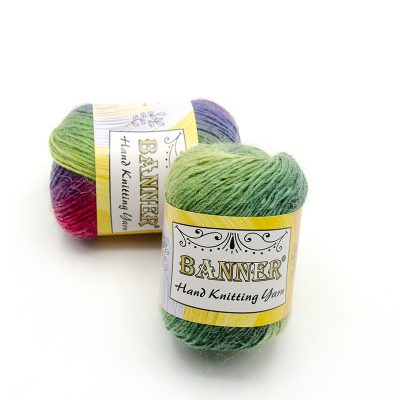What is Wool Yarn
Wool is an important raw material for the textile industry. It has the advantages of good elasticity, strong moisture absorption, and good warmth retention. However, due to the high price, it is not used much for the production of non-woven fabrics. Non-woven fabrics produced from good wool are limited to some high-grade industrial fabrics such as needle-punched blankets and high-grade needle-punched felts. Generally, short hairs and coarse hairs in wool processing are used to produce carpet supporting cloth, needle-punched carpet sandwich layer, thermal insulation materials and other products through needle punching and stitching. This type of wool has different lengths, high impurities, poor spinnability, and difficult processing. The products can be chemically post-treated to improve quality. Wool textiles are famous for their luxurious, elegant and comfortable natural style.
Features of wool yarn
1. The scales of wool are arranged tighter and thicker than cashmere, and its milling property is greater than that of cashmere. Cashmere fiber has small and smooth scales, and there is an air layer in the middle of the fiber, so it is light in weight and feels smooth and waxy.
2. The crimp degree of wool is smaller than that of cashmere, and the crimp number, crimp rate and crimp recovery rate of cashmere fiber are larger. It is suitable for processing into knitwear with full hand feeling, softness and good elasticity. It is comfortable and natural to wear. Good reduction properties, especially in terms of non-shrinkage after washing and good shape retention. Because cashmere has high natural crimp, it is tightly arranged in spinning and weaving, and has good cohesion, so it has good warmth retention, which is 1.5 to 2 times that of wool.
3. The acid and alkali resistance of wool is better than that of cashmere, and it is less damaged than cashmere when it encounters oxidants and reducing agents.
4. Generally, the pilling resistance of wool products is better than that of cashmere products, but the felting shrinkage is greater.

















